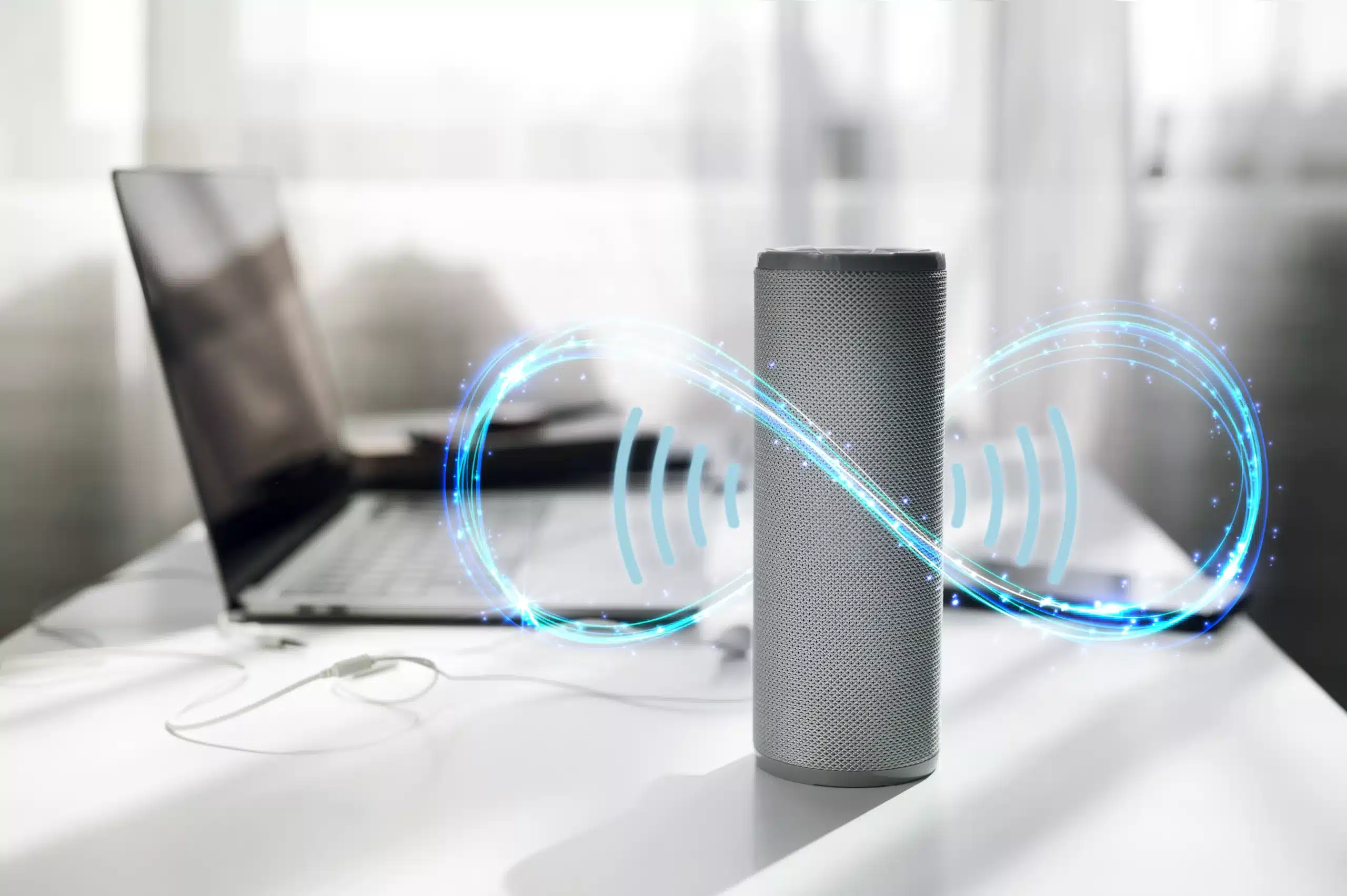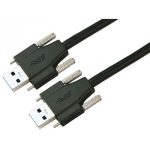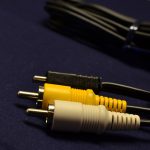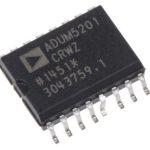
Bluetooth Low Energy (BLE) is a wireless communication technology designed for low-power devices such as wearables, sensors and IoT devices. Understanding the basics of BLE is essential for anyone who wants to develop or work with BLE-enabled devices. This beginner’s guide explores the basics of Bluetooth Low Energy, including its importance, key features, how it works, and some of its use cases.
Bluetooth Low Energy: A Brief Introduction
Bluetooth Low Energy, also known as Bluetooth Smart, refers to a wireless communication technology for low-power consumption and short-range communication. It was introduced in 2010 as a part of Bluetooth 4.0 specification. BLE is primarily used for applications that require low power consumption and low data transfer rates.
Basics of Bluetooth Low Energy: The Importance
Here are some of the key attributes and reasons why the basics of BLE are important:
- Difference from Traditional Bluetooth – While traditional Bluetooth is designed for high-data-rate applications, BLE is ideal for low-power and low-data-rate applications. Understanding the differences between these technologies is crucial to ensure that the BLE-enabled devices work correctly.
- Battery Life – One of the primary advantages of BLE is its low power consumption, which means that BLE devices can operate for long periods without requiring frequent battery replacements. Understanding how to optimise power consumption is essential for extending battery life.
- Security – BLE has several security features that protect devices from unauthorized access and data breaches. Thus, it is crucial to how these security features work to ensure the user data’s safety and privacy.
- Connection Setup – BLE devices communicate using a connection setup process that is different from traditional Bluetooth. Understanding the connection setup process is essential for establishing and maintaining reliable connections between BLE devices.
- Application Development – Understanding the basics of BLE is essential for developing applications that communicate with BLE devices. This includes understanding how to discover nearby BLE devices, establish connections with those devices, and exchange data with them.
Key Features of Bluetooth Low Energy – Making It Unique
BLE has a broad range of key features, making it different from traditional Bluetooth technology. Some of these features are:
- Low Power Consumption: BLE is designed to consume low power and uses a smaller packet size, which reduces the energy required for data transmission.
- Short-Range Communication: BLE has a short range of up to 100 meters, enabling it ideal for applications requiring communication within a short distance.
- Low Data Transfer Rates: BLE is primarily designed for applications requiring low data transfer rates. It can transfer data at a rate of up to 1 Mbps.
- Low Cost: BLE is relatively inexpensive compared to other wireless communication technologies, making it a perfect choice for IoT devices and other low-cost applications.
How Bluetooth Low Energy Works – The Working Principle
- BLE – Master-Slave Architecture – Bluetooth low energy uses a master-slave architecture, where one device acts as a master, and the other acts as a slave. The master device controls communication, while the slave devices respond to the master’s requests.
- MAC Address Identifier – BLE devices use a unique identifier called a MAC address used to establish a connection between devices. Once a connection is established, the master device can communicate with the slave device by sending data packets.
- Frequency-Hopping Technique – BLE uses a frequency-hopping technique to reduce interference, ensure reliable communication, and increase reliability. It uses 40 channels, and the master device hops between them at a rate of 1600 times per second.
- Different Operation Modes – BLE devices can operate in different modes, including advertising, connection, and standby modes. In advertising mode, the BLE device broadcasts its presence to other devices. In connection mode, the BLE device establishes a connection with another device. While in standby mode, the BLE device conserves power by shutting down some of its components.
Use Cases: Typical Applications
Bluetooth Low Energy has several use cases, including:
- IoT Devices: BLE is ideal for smart homes, smart cities, and other IoT applications or devices that require low power consumption and small data transfer rates.
- Wearables: BLE is commonly used in wearables, such as fitness trackers, smartwatches, and other health monitoring devices.
- Retail: BLE is used in retail applications, such as beacons, that can send promotional offers and coupons to customers.
- Automotive: BLE is used in automotive applications, such as keyless entry systems, tire pressure monitoring systems, and infotainment systems.
The Final Words
Bluetooth Low Energy is a wireless communication technology with several key features and benefits, making it different from traditional Bluetooth technology. BLE devices use a master-slave architecture and other techniques to ensure reliable and robust communication with excellent applications in IoT devices, wearables, retail, and automotive sectors.





















